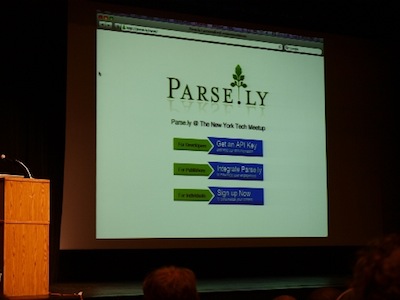About a year ago, VoiceXML pioneer Voxeo started a cloud-based unified communications service called Tropo. It’s a tempting free development environment in which you craft unified communications apps in your favorite web programming language without having to wade too deeply into VoXML tags and voice grammars. The words “free”, “development environment”, and “VoiceXML” struck the right note with me.Continue reading
It shall be unlawful for any person within the United States, in connection with any real time voice communications service, regard less of the technology …



 I’ve been so focused on apps and trends outside of the office space that I thought I’d have a difficult time grokking the keynote speeches at Voicecon 2010.
I’ve been so focused on apps and trends outside of the office space that I thought I’d have a difficult time grokking the keynote speeches at Voicecon 2010. 
